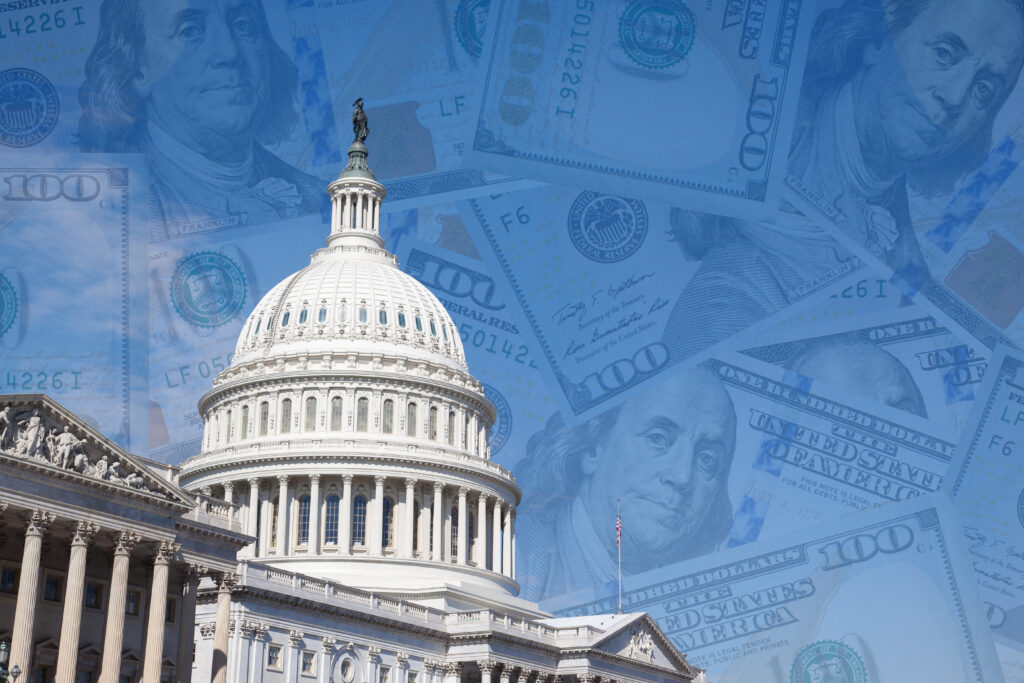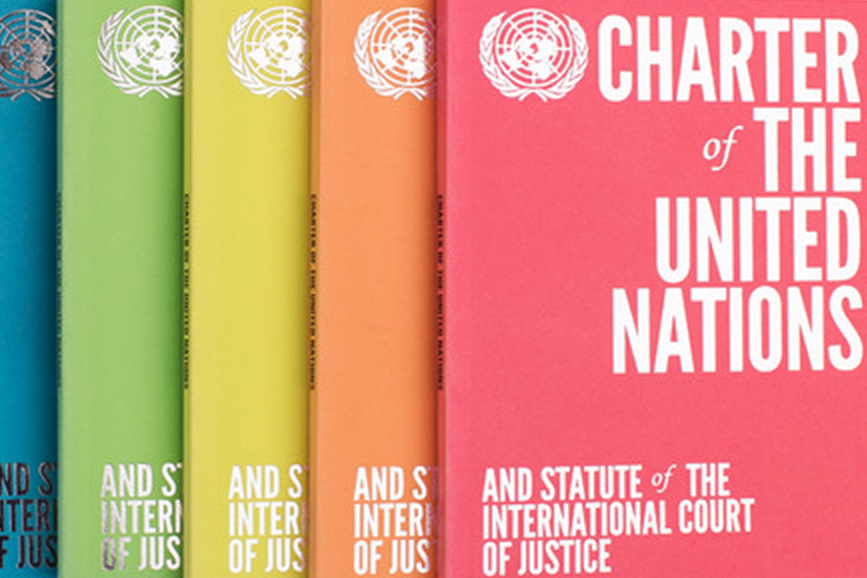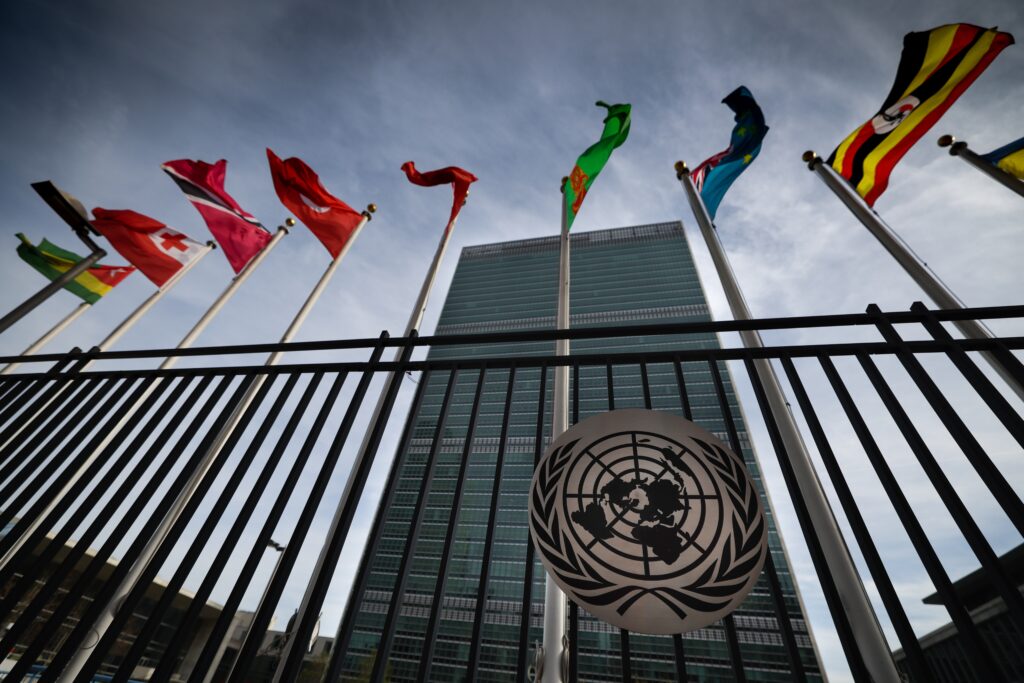Look closely – do you see the differences between the two pictures? On the left, you’ll see 80% of rations needed for a refugee family of four. On the right, you’ll see only 50% worth. For many refugee families in Kenya, 30% less rice, beans, cooking oil, and “super cereals” is the difference between a malnourished child and a healthy one; between a child in school or child marriage; between life and death.
This is not a hypothetical scenario, which I learned after traveling to Kenya in October of this year. Last year, due to severe funding shortfalls, the United Nations World Food Programme (WFP) cut food rations and cash assistance for 440,000 refugees in Kenya, and cuts of up to 50 percent were affecting three-quarters of all refugees supported by WFP in Eastern Africa. For the World Food Program, cutting food and cash assistance to vulnerable families – in the middle of the worst East African drought in 40 years – was the “absolute last resort,” according to WFP Kenya Country Director Lauren Landis. But low funding levels left the food agency no choice. The impacts of the cuts were felt immediately and went far beyond hunger.
In the Kakuma Refugee Camp in northwestern Kenya, which is home to more than 160,000 refugees, crime rates increased and as did rates of gender-based violence. Debt rose sharply as families, who once received enough assistance to feed their families for the month, ran out of resources within two weeks and were forced to borrow money and/or make a series of impossible choices like reducing meals to one a day or deciding which family members to feed. In addition, debt-ridden families sometimes had no choice but to turn to “coping mechanisms” like child marriage to relieve economic hardship. Or, they had to leave the camps altogether, either returning to war-zones or migrating to other countries, thereby exacerbating displacement, which already stands at 90 million displaced people throughout the world – the highest number on record.
Just a few months ago, WFP almost had to eliminate all food assistance to Kenyan refugees. As WFP Executive Director David Beasley commented, “Without urgent new funds to support refugees, many facing starvation will be forced to pay with their lives.” Fortunately, a lifeline arrived in the form of a record-setting payment from the United States.
In September of this year, the Biden Administration and Congress, in bipartisan fashion, supported $194.5 million for the most vulnerable in Kenya. This funding, administered via the U.S. Agency for International Development (USAID), was the largest ever by a single donor to WFP’s operation in country. And WFP wasted no time in acting. Two days after the announcement, families in Kakuma and elsewhere were receiving enhanced assistance from the food agency.
The contributions enable WFP to increase cash assistance and food rations by almost a third for over 500,000 refugees, who are facing emergency levels of hunger. It also allows the agency to treat malnutrition in hundreds of thousands more children. In addition, WFP will continue providing resilience building initiatives such as rehabilitating irrigation infrastructure and introducing drought-tolerant crops for 370,000 people.
Still, tragically, there is no end in sight to the drought. Indeed, in early November, frontline UN and civil society agencies released a joint statement highlighting that, “Global solidarity is urgently needed to help vulnerable communities in the Horn of Africa survive a rapidly unfolding humanitarian catastrophe…” While the sizable U.S. contribution in Kenya was essential, the needs continue to grow due to the fifth consecutive failed rainy season. In a few more months, ration cuts will be enacted once again if no more funding becomes available. WFP’s Lauren Landis has called on all donors “to ensure predictable and sustainable funding through this year and well into 2023 to save lives and stop more people from falling into deeper levels of hunger.”
Of course, the U.S. has clearly prioritized support in Kenya and elsewhere; we remain the largest donor of international food assistance. Still, additional action in the coming year and additional outreach to other nations is both necessary and in our national interest. We know that countries cannot wall themselves off from this type of crisis and that food insecurity and the worsening global climate emergency are present in our country and on our continent. According to the UN Refugee Agency (UNHCR), in 2021, 67 percent of refugees and asylum seekers originated from countries with food crises. By working multilaterally, we can reduce demands on our own border while also ensuring humanitarian assistance for the most vulnerable, whether it’s in Kenya or Colombia.
This work with other nations should include U.S. support for adopting predictable and sustainable funding solutions, as recently laid out during September’s UN General Assembly gathering. Specifically, this means expanding the donor base to a broader range of countries, pooling resources, moving towards flexible/non-earmarked funding, while also supporting programs that foster the self-reliance of refugee populations. In this way, we can strengthen community-level resilience to complement emergency humanitarian response, which is necessary as the food crisis in Eastern Africa – and other parts of the globe – shows no signs of abating. No family should have to choose which child to marry off or feed.




